Does Late Planting Mean Delayed Yields?
The 2024 planting season has been marked by significant variability, especially in planting dates. This raises the question: should soybean fields planted in mid-May be managed like those planted in April? According to IL Soy Envoy Drew Beckman, the answer is yes, and he provides reasoning in his latest blog.
Monitoring Root Development and Planning for Fungicide
Crop conditions across the state remain highly variable, and the IL Soy Envoys share their regional updates. This episode also covers wheat harvest, root establishment issues, slug damage, crops in the "ugly duckling" phase, herbicide misapplications, and notes for fungicide season.
Crop Scouting During the Awkward Junior High Stage
In a "normal" year, Stephanie Porter's focus would be on scouting V7 corn and R1 soybeans. However, with corn planted at varying intervals this year, it's essential to approach each field with a different mindset. Read on to see her photos and observations from the field.
Which Insect Pests and Diseases Cause the Most Damage to Soybean Stems in Illinois?
Researchers collected over 200 diseased stems from 59 counties in Illinois between 2022 and 2023 to address gaps in understanding soybean stem pests and diseases. Based on this data, Dr. Nick Seiter highlights the significance of dectes stem borer in no-till fields in south-central Illinois, while Dr. Jason Bond discusses prevalent diseases such as fusarium, stem-canker, and charcoal rot across various counties, offering management strategies to combat these issues.
Soil Saturation Sorrow
Southern Illinois has experienced significant rainfall recently. How does this excess moisture affect the soil? Kelly Robertson from Precision Crop Services LLC and IL Soy Envoy provides some observations.
“Way Too Early” Soybean Yield Predictions
In the latest podcast episode, the Soy Envoys share challenges posed by highly variable crop conditions, including yellowing in fields, persistent waterhemp problems, and root development issues. They also share their "way too early" soybean yield predictions and offer a detailed crop report from their region.
Soybean Phytophthora Stem and Root Rot Resistance Genes Have Become Less Effective
Managing soybean Phytophthora stem and root rot starts with variety resistance. A recent study led by Michigan State University determined that previously relied upon resistance genes are failing and there is a need for soybean breeders to incorporate new sources of resistance.
How Can the Profitability of Double Crop Wheat and Soybeans Be Improved?
Double crop soybeans after winter wheat can enhance profitability and soil health in the Midwest, but success depends on identifying early-maturing winter wheat varieties to optimize soybean planting conditions. This Illinois Soybean Association-funded project aims to identify high-yielding winter wheat varieties that can be harvested earlier and allow earlier planting of double-crop soybeans to maximize soybean yield potential.
Rain Makes Grain??
Overall, crop conditions are highly variable across Illinois, with progress and challenges differing by field and location. Some areas are done planting while others are delayed by rainfall and storms. This episode discusses concerns such as hail damage, flash floods, sandblasting, nitrogen deficiency, strong emergence of weeds, and more.
How Widespread is Group 15 Herbicide Resistance in Illinois Waterhemp Populations?
Illinois soybean farmers face a major challenge as waterhemp weeds have developed resistance to multiple herbicides, including Group 15 herbicides confirmed in 2019. A project funded by the Illinois Soybean Association and led by the University of Illinois Urbana-Champaign aims to evaluate the prevalence of this resistance and provide farmers with management recommendations.

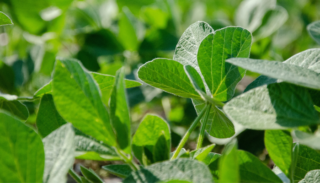
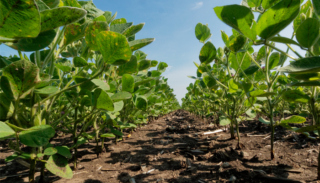
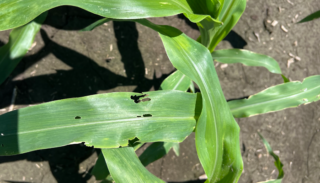
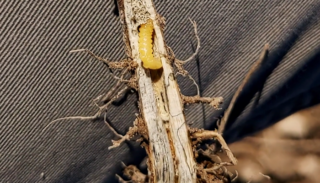
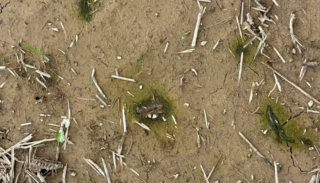
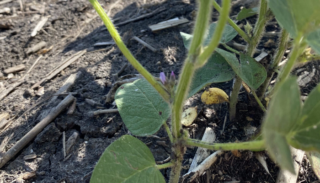
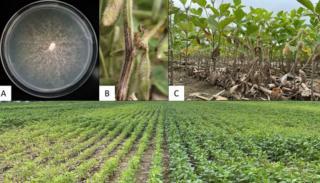
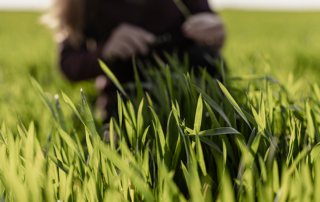
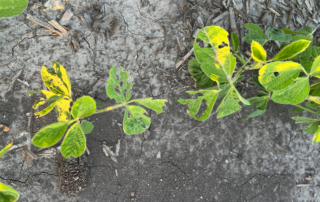
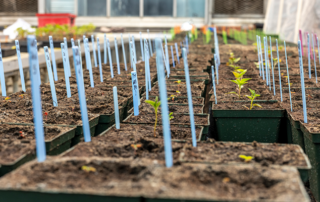

 and then
and then